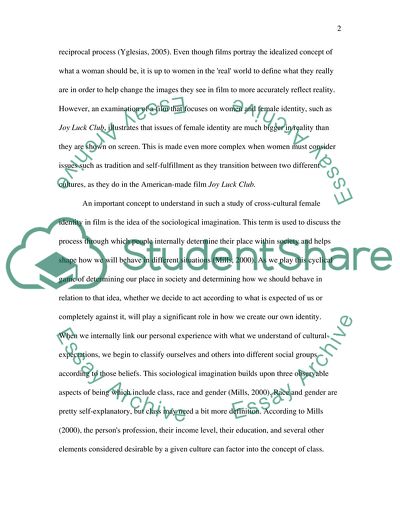Cite this document
(Cross-Cultural Female Identities in Joy Luck Club Movie Review - 1, n.d.)
Cross-Cultural Female Identities in Joy Luck Club Movie Review - 1. https://studentshare.org/visual-arts-film-studies/1805537-cross-culturalism-in-film
Cross-Cultural Female Identities in Joy Luck Club Movie Review - 1. https://studentshare.org/visual-arts-film-studies/1805537-cross-culturalism-in-film
(Cross-Cultural Female Identities in Joy Luck Club Movie Review - 1)
Cross-Cultural Female Identities in Joy Luck Club Movie Review - 1. https://studentshare.org/visual-arts-film-studies/1805537-cross-culturalism-in-film.
Cross-Cultural Female Identities in Joy Luck Club Movie Review - 1. https://studentshare.org/visual-arts-film-studies/1805537-cross-culturalism-in-film.
“Cross-Cultural Female Identities in Joy Luck Club Movie Review - 1”. https://studentshare.org/visual-arts-film-studies/1805537-cross-culturalism-in-film.


